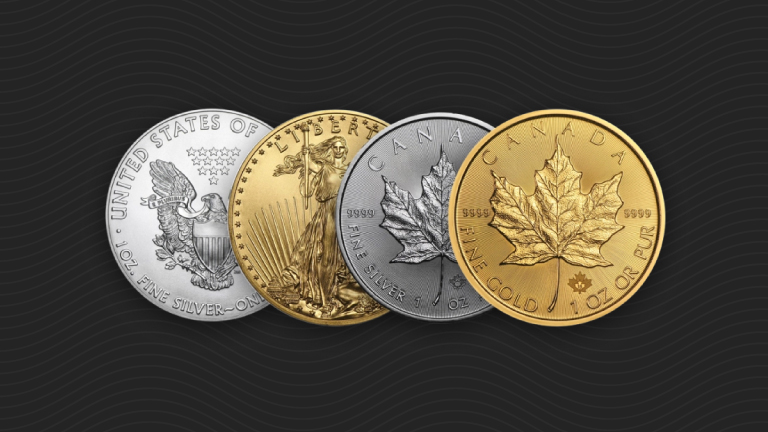
The Fed’s Dangerous Trickle-Down Monetary Policy
The Daily Bell interviewed Peter Schiff last week and published the first half of their conversation yesterday. Peter explained why the United States economy isn’t recovering and why he blames the Federal Reserve. Peter also answered a slew of other questions. Does Janet Yellen know that the Fed’s monetary policies have been destructive, or is […]


